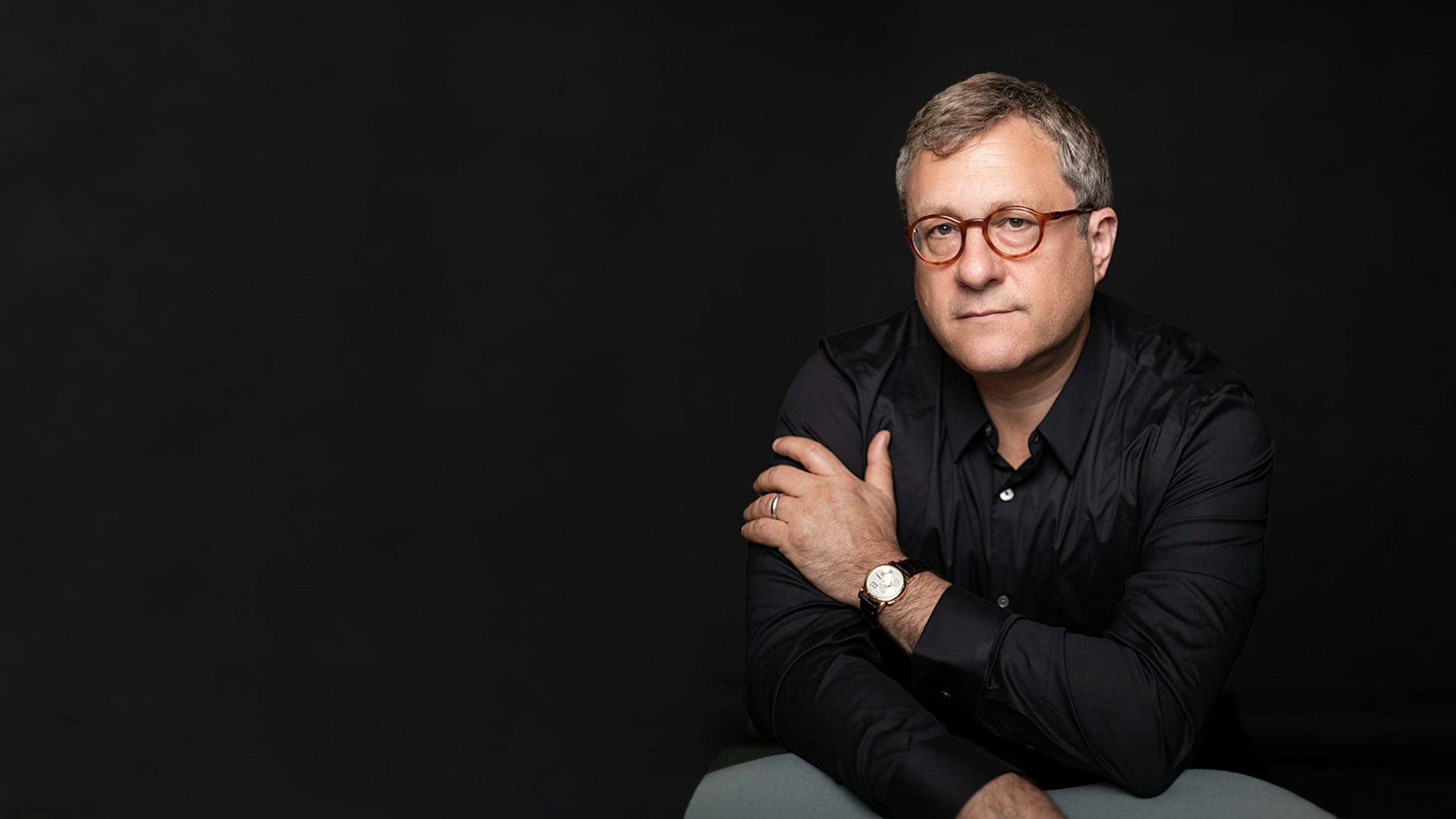It is professionally satisfying to perform breast augmentation surgery in all women because they are typically thrilled with their results. He has seen the increase of self-esteem and confidence in breast augmentation patients from teenagers who had correction of congenital deformities, to women who simply needed “a refill” after having babies. But in few instances is this increase in self-esteem as profound as when he creates beautiful and feminine breasts for a transgender woman.
For trans patients, this is a major step beyond self-esteem per se: for many, breast enlargement is the defining moment in their transition. Perhaps this because it is the secondary sexual characteristic most associated with femininity and it opens up the possibility of wearing any type of clothing and having naturally feminine curves without the need for padded bras. Gender identity may be on the inside, but it is undeniable that what we see on the outside affects both how we feel and how other people perceive us.











